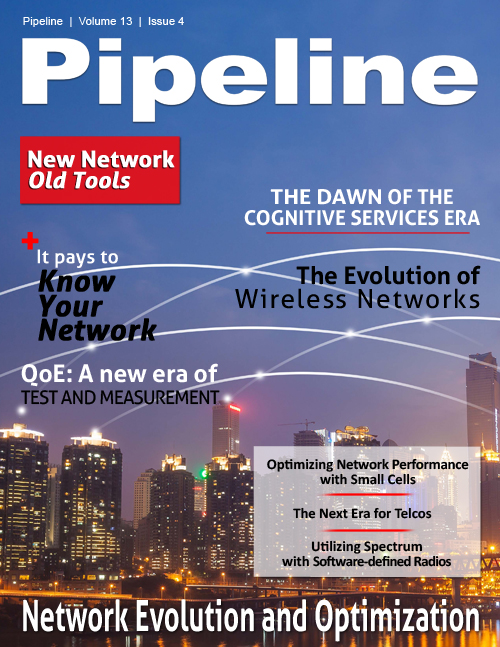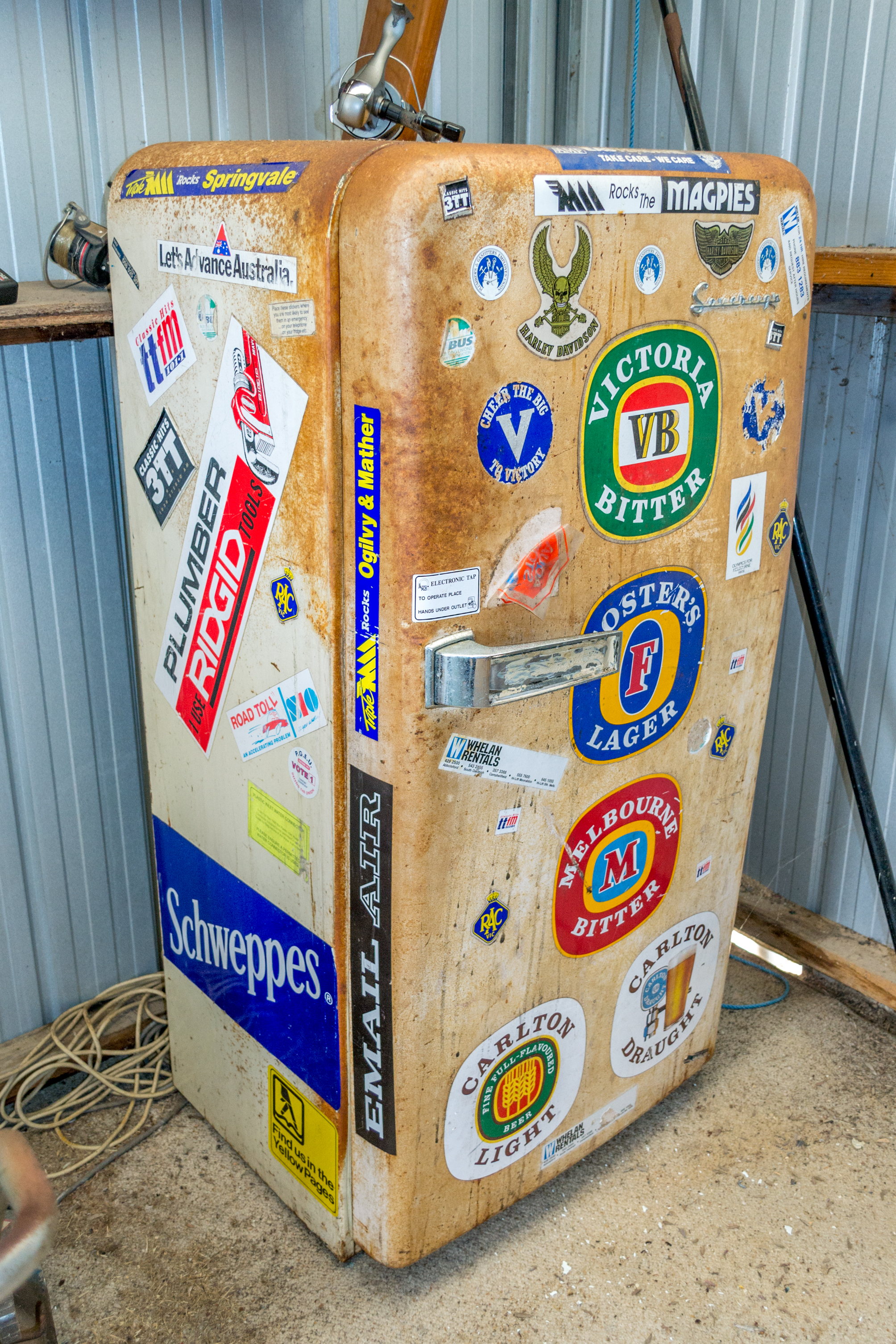Optimizing Network Performance for LTE and Beyond
SNR becomes more problematic as LTE, LTE Advanced (LTE-A) and 5G technologies are deployed. Today, for example, MNOs are investing millions of dollars in MIMO (multi input/multi output) technology because it promises greater capacity in the network. If the noise suppression in the overall network isn’t sufficiently clean, however, MIMO can’t deliver its benefits. For MIMO to work, the network noise has to be below the interference limit of the technology. Similarly, Voice over LTE (VoLTE) and carrier aggregation – two other advanced features of LTE-A – won’t work unless the noise floor is relatively clean. You could say that interference mitigation is a fundamental building block of LTE-A, and it will be even more important for 5G deployments.
Interference challenges in metro cell networks
There are two types of interference in metro cell networks: self-induced interference and externally induced interference. Both impact the overall SNR. Whatever the source of interference, however, there are four basic challenges: site-to-site interference, uplink and downlink competition, ship-borne interference, and environmental noise.
|
Wireless networks can be very sensitive to interference, even to sources you wouldn’t expect. The AT&T LTE network in San Antonio, Texas once reported an interference problem coming from a fluorescent light in a hair salon. The light emitted a stray signal at 705 MHz that caused significant interference with a nearby AT&T cell site. In Australia, Telstra’s network was once disrupted by a beer refrigerator, whose motor had an electrical issue that caused it to generate noise on the same 800 (850) MHz frequency used by cell phones. This beer fridge interference was affecting the service for Telstra subscribers in multiple surrounding neighborhoods. |
Uplink and downlink competition also comes from cell sites in close proximity; but in this case, two sites from two different operators share the same frequency, and the uplink channel from one site (which transmits from the user device to the cell site) can interfere with the downlink channel from another site (which transmits from the cell site to the user device). Typically, these issues occur in large urban environments.
Ship-borne RF interference. Major cities are often located near large bodies of water and commercial shipping lanes. Large shipping vessels have poorly controlled transmitters
used for telecommunications, and these can interfere with cell sites near the shore.
Environmental noise. There is also noise caused by other objects and devices in the RF path. Pipes, poles, rooftop equipment all interfere with cellular signals. Mobile sites are
mounted on all kinds of masts and rooftops, and the environment has a tendency to create noise, or at least distort the energy coming out of a cellular radio and antenna. For example, there might
be a roof-mounted antenna located right next to a large air conditioning unit, and the AC unit or its motor can cause interference.
Mitigating PIM
Passive intermodulation (PIM) occurs when two or more wireless signals mix together and create disruptive frequencies that cause interference or degrade signal transmission in wireless networks. This common phenomenon is well known in the industry and recognized by RF engineers as a real obstacle to network efficiency. And, since data usage is on the rise and network antennas and radios are more sensitive than ever to smaller levels of distortion, PIM incidents and their negative impact are becoming more prevalent. For example, even a 1dB drop in uplink sensitivity due to PIM can reduce coverage by 11 percent. Adding to the problem is network complexity, with each component in the RF path representing a potential source of PIM.
In LTE systems, PIM affects many 180 kHz resource blocks, which reduces cell and neighbor capacity. PIM also increases LTE intercell interference on the affected band and overall in the system. Furthermore, PIM can cause the system to operate at maximum power instead of under power control, causing undesirable increased power dissipation in the components.




















